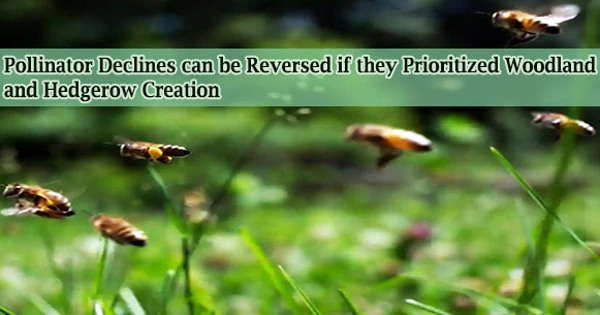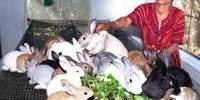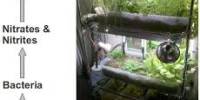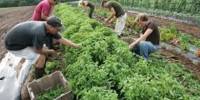The largest investigation of pollinator abundance in Wales has discovered that planting forests and hedgerows can help to reverse insect reductions that are critical for crop output and other species.
In comparison to the rest of the UK, there has been remarkably little scientific data on pollinators in Wales until now. However, a large new research of hundreds of sites has identified the types of settings where pollinating bees, hoverflies, and butterflies thrive.
The UK Centre for Ecology and Hydrology (UKCEH) and Butterfly Conservation Wales conducted the large-scale survey in collaboration with the Welsh Government and over 1,000 landowners across the country.
The findings demonstrate that carefully managed forest and hedgerow formation, together with other efforts like restoring wildflower meadows and organic farming with mass-flowering crops, could play a vital role in land management incentive systems.
Researchers detected up to twice as many insects in broadleaved woodland areas as in intensively cultivated grassland in a survey of 300 squares of land across Wales measuring 1km × 1km. They also predicted that without hedgerows, pollinator abundance on farmland might drop by as much as 21%.
Hedgerows and broadleaved woods, which include oak and maple trees as well as flowering shrubs, provide pollinators with a variety of habitats.
Many woody plant species supply food for larvae and adult insects, as well as pollen and nectar. For many species, hedgerows and woods provide unspoiled nesting grounds and shelter.
Currently, woodland makes up only 15% of land cover in Wales, with grassland accounting for the other three-quarters, much of which is intensively cultivated and hence contributes nothing to promote biodiversity. However, as part of its Net Zero Wales plan, the Welsh government hopes to plant 180,000 hectares of new woods by 2050.
The value of woodland in supporting pollinators is not widely recognized, but we find that it may be particularly important in countries such as Wales that are dominated by intensively farmed grasslands with few flowering species to support these insects.
Dr. Jamie Alison
Dr. Jamie Alison of UKCEH, who led the new study of pollinators in Wales, says: “Woodland creation, if properly planned, is key to tackling climate change through capturing and storing large amounts of carbon. However, it also has many other benefits, including for insect biodiversity.”
“The value of woodland in supporting pollinators is not widely recognized, but we find that it may be particularly important in countries such as Wales that are dominated by intensively farmed grasslands with few flowering species to support these insects.”
Dr. Alison, on the other hand, stressed the importance of maintaining a careful balance of varied habitats across a landscape in order to provide complementary qualities that support a diverse range of wildlife.
He says: “The solution doesn’t start and end with woodland. Wildflower meadows, less intensive grassland habitats, and flowering crops also play their part in supporting insects, while the type of tree cover is crucial. Timber plantations, for example, do not benefit pollinators, which thrive in the edges and gaps of natural woodland with a variety of flowering plant species.”
The study, which was published in the Journal of Applied Ecology, discovered that settings with more blooms supported higher numbers of the more than 50 pollinator species studied. In places with the most flower cover, honeybees, who are excellent foragers, tended to prevail over other species.
The public’s attention is mostly focused on honeybees that are kept for their commercial value.
“Although they are effective pollinators, honeybees are just one species,” says Dr. Alison. “A key finding of our study is that different approaches are needed to benefit ‘wild’ pollinators including other bee species, hoverflies, butterflies and moths which are not managed by humans.”
Around a third of worldwide food production is dependent on pollinators, primarily insects, which are necessary for the survival of other animals and plants, yet many of these insect species are declining in the UK and globally.
According to the study’s authors, future policies and farming subsidy schemes should prioritize planting forests and hedgerows in places with poor floral cover to successfully reverse worldwide pollinator reductions.
The researchers expressed gratitude to the many farmers and landowners who agreed to have experiments conducted on their property.
Dr. George Tordoff of Butterfly Conservation, who coordinated the pollinator surveys, says “This massive, collaborative effort to survey the countryside of Wales has given us a much better understanding of the health of pollinator populations, and how this relates to different habitats, flower cover and length of hedgerows in the surrounding landscape.”
















